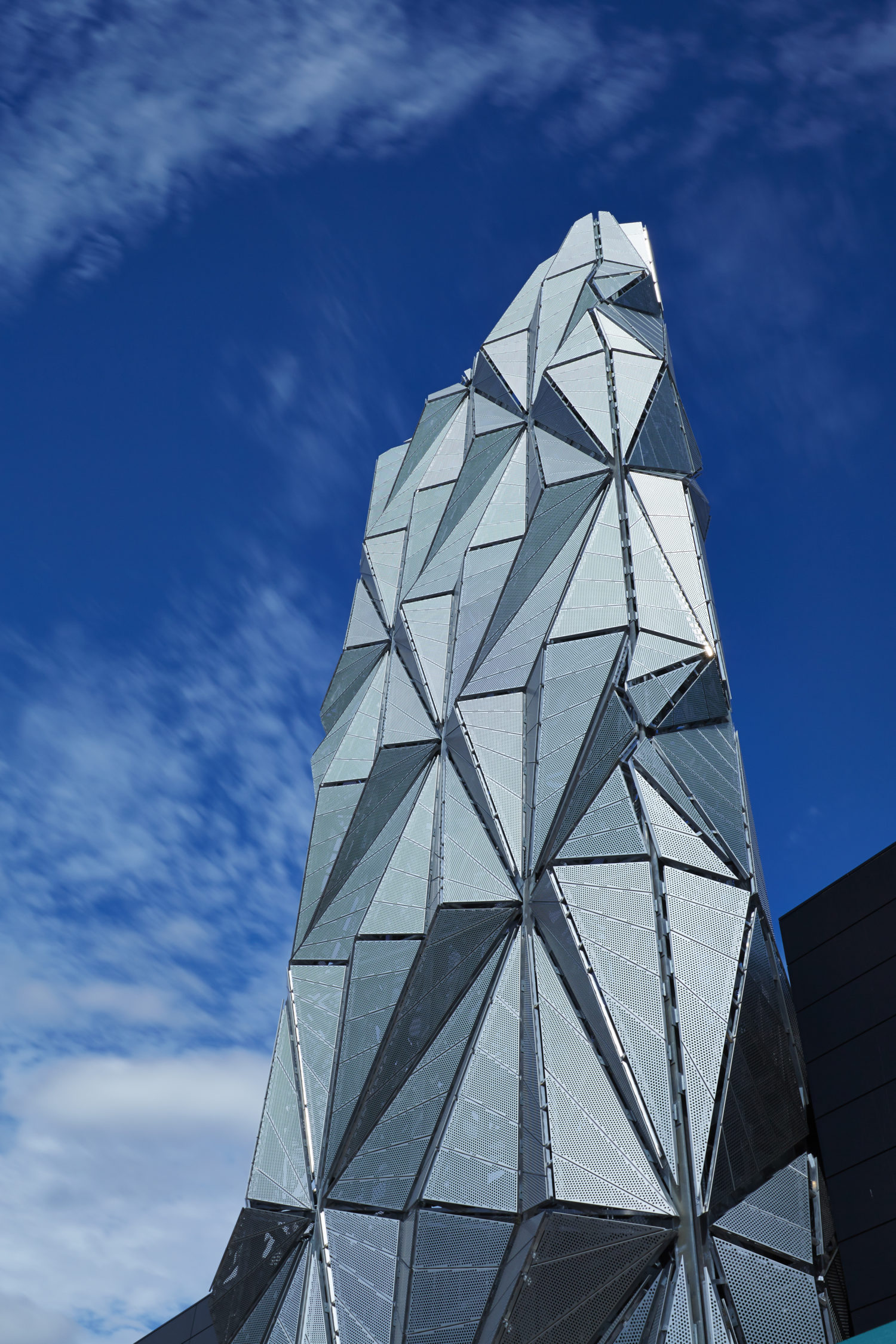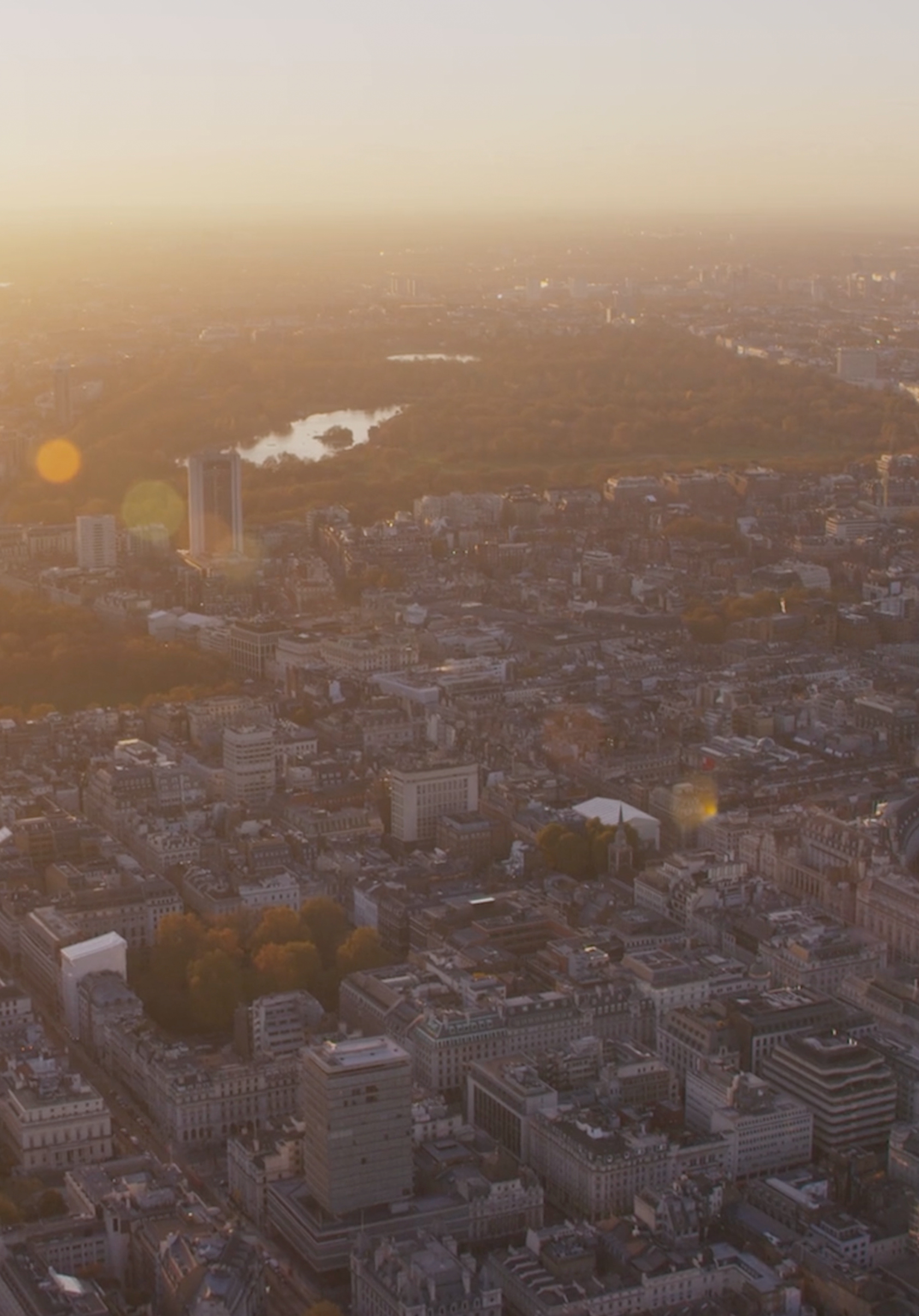SM: It is amazing that through your artworks, you actually make people aware of the human impact on coral reefs, an accelerated timeline playing out as they’re standing in front of them and watching them change.
It would be nice to hear about what draws you to a commissioning opportunity; what is the main attractor, or what would pique your interest?
SD: I think it generally has to kind of connect thematically, both through environmental awareness as well as having a social impact where you’re actually able to interface with a community or communities and think about how they inform the work and the work informs them or their community.
I think that the idea of reciprocity is really central. It’s a drum I’ve been banging for many, many years, to where it became a demand. I was often almost forcing it on commissioners – asking why it doesn’t have any relation to the community. I’m interested in who are the stewards, owners, participants, activators who have the work, and what is the point?
And then connecting to the environment in so many ways, not just ecology as a subject matter, but also to architecture and to the built environment. It’s all about layers of environment and how we participate, respond, act as stewards for our environment. It’s got to have that kind of ethos, or an opportunity to connect to it.
SM: Part of your process has to do with collaboration with designers, architects and also non-traditional stakeholders like researchers, scientists and others. But when working on a commission there’s also conversations with clients, curators, advisory groups and other people who bring expertise and perspectives from non-arts backgrounds. Can you talk a little bit about the process for those conversations and collaborations and the value in them?
SD: I think because with a lot of the research within my practice, I’m often talking to non-arts people: scientists, climatologists, marine biologists, plant communication specialists. It’s quite a privilege to be able to do that. I don’t think I’m ever looking to come up with an idea in isolation anyway. So for me, I quite enjoy working with clients, advisory boards, commissioners, because you’re asking ‘would you think of this’ and negotiating it together.
Often as part of a commission, based on where it is, you are asking ‘what makes an interesting commission’? Often if there is someone related to the site, or that location, whether it’s a research institution or a particular person in the field that is usually how I go about finding that hook.
And I like to challenge the client by asking ‘Have you thought of this?’. I think that’s where we’ve been very privileged to be very successful and work with some really fantastic clients and commissioners, too, because we do push the envelope, and we really try and go above and beyond and deliver something that’s unique for each project.







